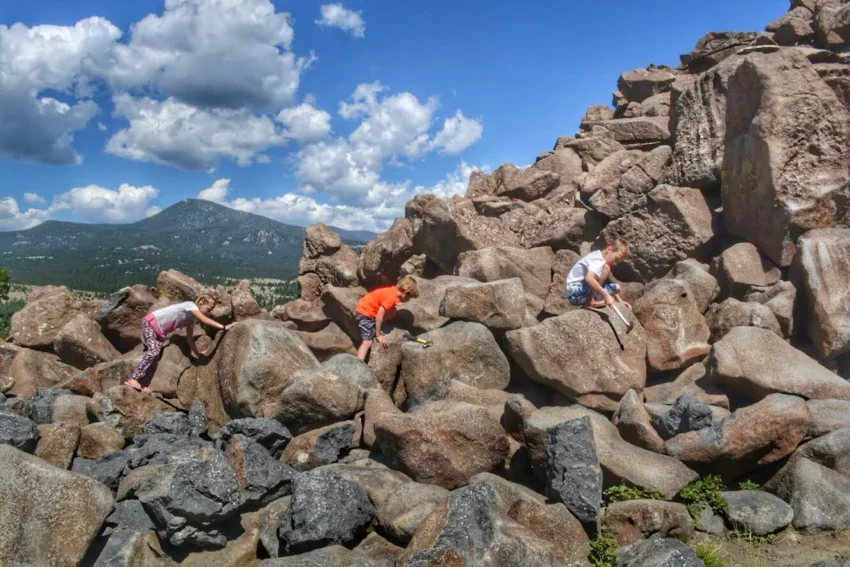What are Ringing Rocks?
Ringing rocks, also known as sonorous or lithophonic rocks, produce bell-like sounds when struck. Notable examples include the Musical Stones of Skiddaw in England and the Bell Rock Range in Western Australia. These unique geological features form the basis for lithophones, a type of idiophonic musical instrument.
Get your dose of History via Email
Early Investigations into Ringing Rocks
Interest in ringing rocks dates back to early scientists, though they struggled to explain the phenomenon. Edgar T. Wherry, a mineralogist, linked the sound to the texture of diabase rocks during his time at Lehigh University. Charles Laubach, another expert, explored their geological context in 1900. Although these pioneers made significant observations, the exact mechanism behind the rocks’ ringing remained a mystery.
Richard Faas’ Research
In 1965, Richard Faas of Lafayette College made strides by analyzing the rocks’ acoustic properties in his lab. He discovered they produce tones below the human hearing threshold, which become audible when they interact. However, his studies did not fully unravel the rocks’ secrets.
Ringing Rock Sites in Pennsylvania
Pennsylvania hosts several accessible ringing rock fields, including Ringing Rocks County Park and Stony Garden. These sites are important for both scientific study and public interest. Sadly, urban development has obscured many other fields.
Ringing Rocks County Park
This park, part of Bucks County, was originally acquired through the 1737 Walking Purchase. Abel B. Haring purchased it in 1895 to prevent commercial development, later donating it to the Bucks County Historical Society. It now spans 129 acres.
Ringing Hill Park
Located near Pottstown, Pennsylvania, this park became an amusement park in 1894. It was later bought by Walter J. Wolf and converted into a skating rink before being sold to the Ringing Hill Fire Company in 1957.

Stony Garden
The largest public site, Stony Garden, sits on Haycock Mountain’s northwest slope. Acquired by the Commonwealth of Pennsylvania around 1920, it features a trail leading to its expansive boulder fields.
Historical Meetings at Ringing Rocks
Ringing rocks have also been venues for historical gatherings. In 1890, John J. Ott performed music on the rocks at a Buckwampun Historical Society meeting, showcasing their musical potential.
The Geology Behind Ringing Rocks
Formed from diabase sills in the Newark Basin during the early Jurassic Period, these rocks contain minerals like olivine and pyroxene. Exposed to harsh periglacial conditions during the Pleistocene Epoch, the rocks fractured into extensive boulder fields known as felsenmeer, or “sea of rocks.”
Understanding the Formation
The ringing rock boulder fields owe their existence to a specific alignment of geological conditions. The olivine diabase unit, underlying these fields, needed to dip in the same direction as the ground’s slope. This rare alignment allowed for the extensive exposure necessary to form the fields we observe today.
Conclusion
Ringing rocks remain a captivating natural mystery, blending historical, musical, and geological intrigue. Their unique properties continue to attract researchers and visitors, inspiring awe with every resonant strike.
Sources:
Wikipedia
Image Credit

